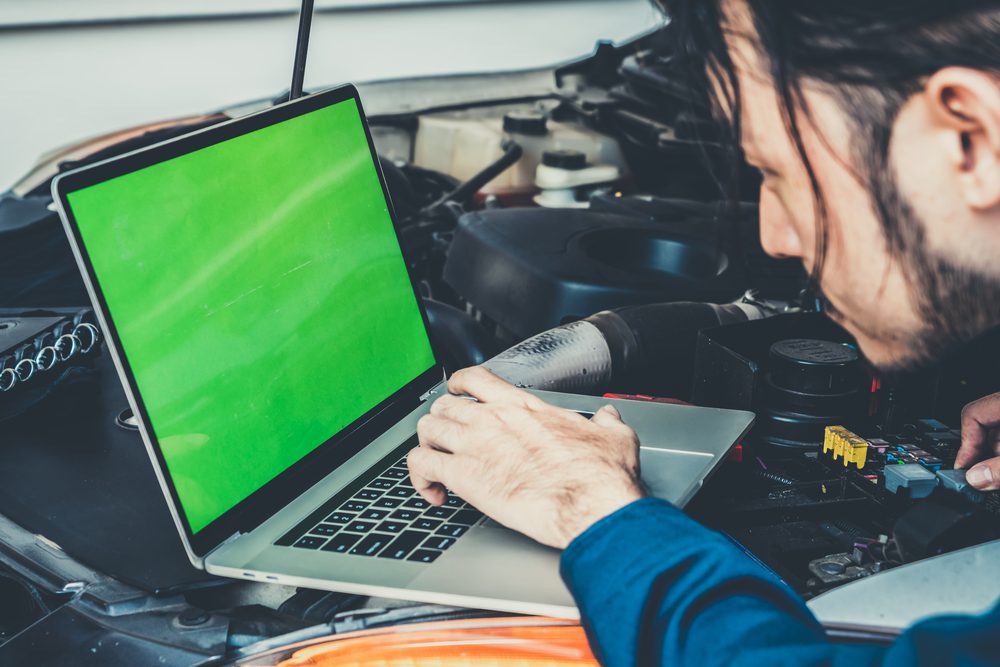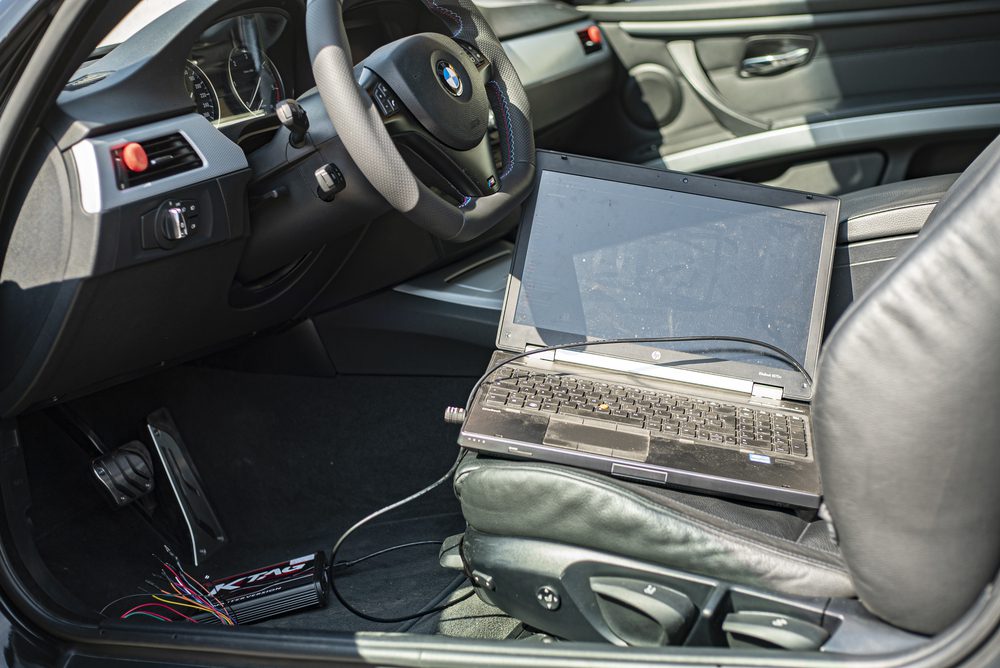How to Calibrate Car ECU: A Comprehensive Guide
Introduction
Every modern car is equipped with an Engine Control Unit (ECU) that plays a crucial role in ensuring optimal engine performance. The ECU, also known as the car’s “brain,” monitors and controls various engine functions, such as fuel injection, ignition timing, and emissions control. However, to achieve the best performance and efficiency, it is often necessary to calibrate the ECU. In this article, we will guide you through the process of calibrating your car’s ECU, explaining the importance of calibration and providing step-by-step instructions.
The Importance of ECU Calibration
Calibrating the ECU allows you to fine-tune the engine’s parameters according to your specific requirements. This process ensures that the engine operates optimally under different driving conditions, such as varying temperatures, altitudes, and fuel quality. By customizing the ECU’s settings, you can enhance the car’s performance, improve fuel efficiency, and even extend the life of the engine.
Step-by-Step ECU Calibration Process
- Gather the Necessary Tools
- Read the Manufacturer’s Documentation
- Backup the Original ECU Settings
- Connect the OBD-II Scanner
- Assess Current Parameters
- Research and Consultation
- Make Incremental Changes
- Monitor and Test
- Document and Track Changes
- Professional Tuning Assistance
Before starting the calibration process, ensure that you have the required tools, including a laptop or computer with appropriate software, an OBD-II scanner, and reliable internet access. You may also need additional equipment specific to your car’s make and model, as recommended by the manufacturer or tuning experts.
Familiarize yourself with the manufacturer’s documentation, which provides valuable insights into the ECU’s capabilities and recommended calibration procedures. Understanding the original settings and limitations of your car’s ECU can help you make informed decisions during the calibration process.
Before making any changes, create a backup of the original ECU settings. This allows you to revert to the factory defaults if needed. Consult your car’s manufacturer or refer to the documentation for instructions on how to perform a backup.
Connect the OBD-II scanner to the car’s diagnostic port, usually located under the dashboard. Launch the calibration software on your laptop and establish a connection with the ECU. This connection enables you to communicate with the ECU and make adjustments to its settings.
Use the software to read and analyze the current parameters of the ECU. This includes data such as fuel mixture, ignition timing, and sensor readings. Understanding these parameters will help you identify areas that require adjustment.
Conduct thorough research or seek professional advice to determine optimal settings for your particular car and desired outcomes. Online forums, tuning shops, and car-specific communities can be excellent sources of information. It is essential to base your decisions on reliable sources and expert opinions.
Begin the calibration process by making incremental changes to the ECU settings. Start with minor adjustments and monitor the impact on engine performance. This iterative approach allows you to fine-tune the parameters gradually, minimizing the risk of drastic changes that may harm the engine.
After each adjustment, monitor the engine’s performance using the OBD-II scanner and other diagnostic tools. Pay attention to factors such as acceleration, throttle response, fuel consumption, and emissions. Perform road tests to ensure that the changes made are delivering the desired results.
Maintain a record of all changes made to the ECU settings, along with the corresponding performance outcomes. This documentation will serve as a reference for future adjustments and allow you to track your progress over time. If required, you can always revert to previous settings based on this log.
If you are uncertain or lack the necessary skills to calibrate the ECU yourself, it is advisable to seek professional tuning assistance. Experienced tuners have the expertise and specialized equipment to optimize your car’s performance safely. They can also provide valuable insights and recommendations based on their experience.
Conclusion
Calibrating the ECU is an essential step in unlocking your car’s true potential. By customizing the engine’s parameters, you can optimize performance, improve fuel efficiency, and enhance the overall driving experience. However, it is crucial to approach ECU calibration with caution, as incorrect adjustments may lead to engine damage or other safety concerns. If you are unsure about the process, it is always advisable to seek the assistance of a professional tuner who can help you achieve the best results while ensuring the long-term reliability of your vehicle.



